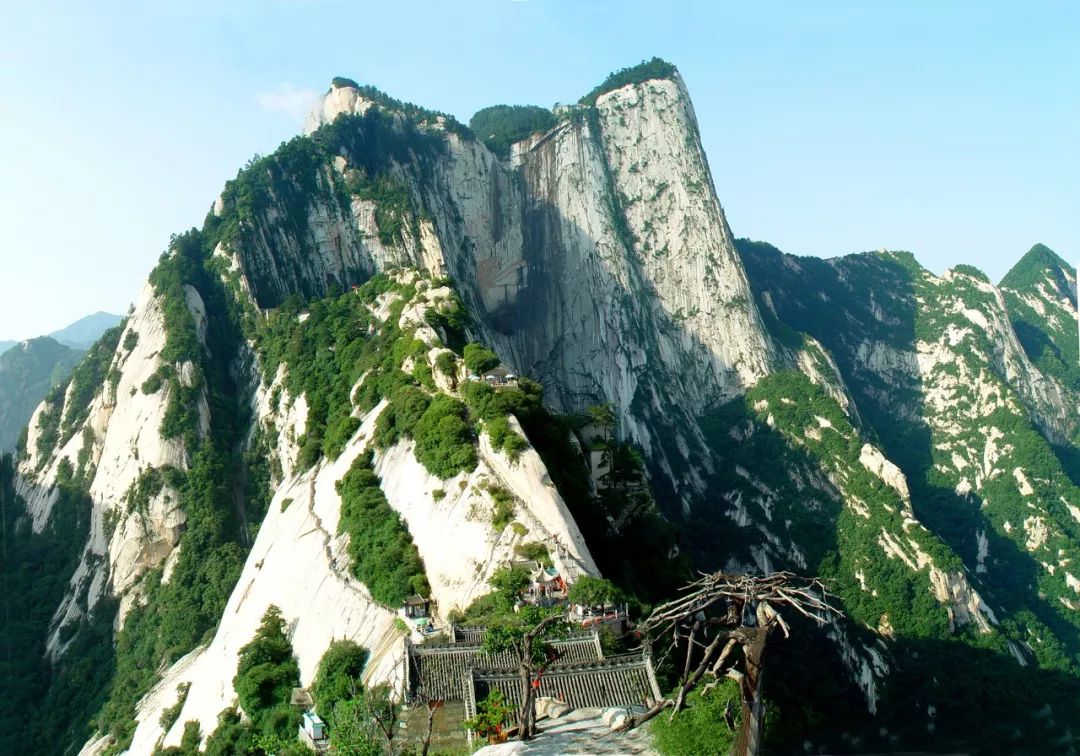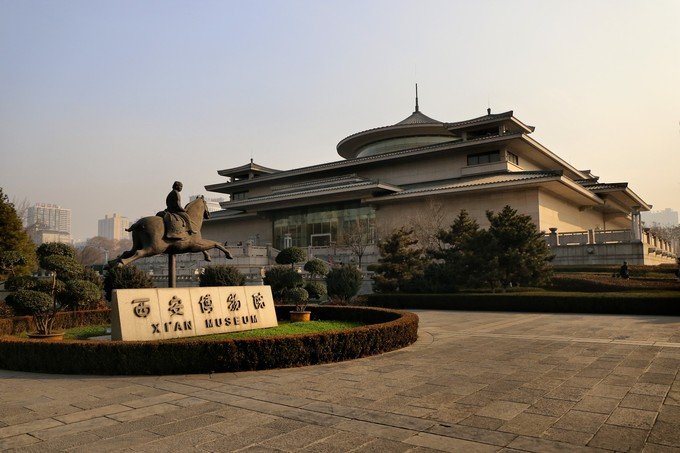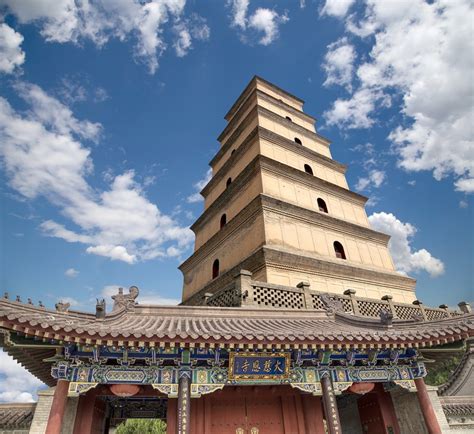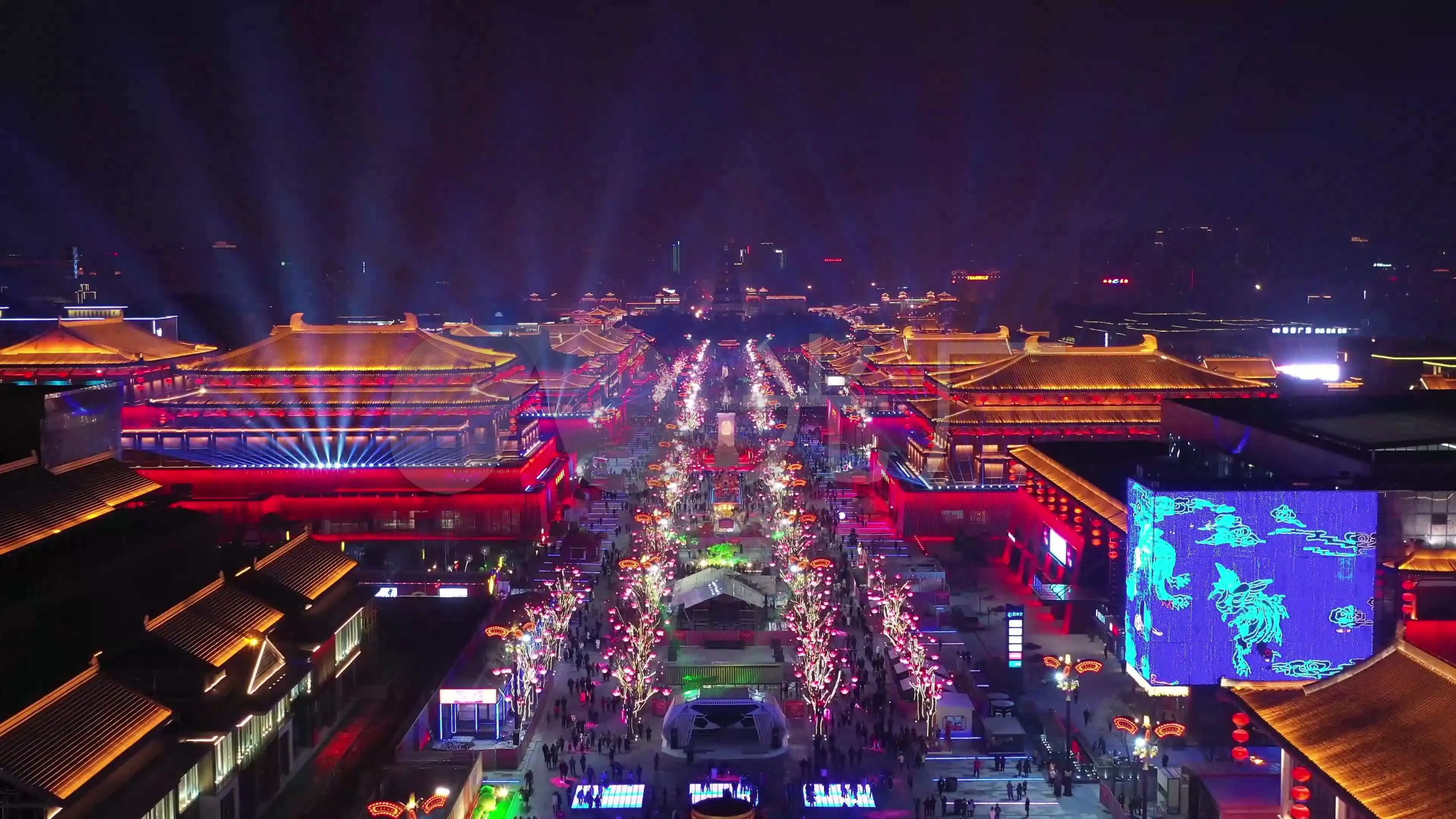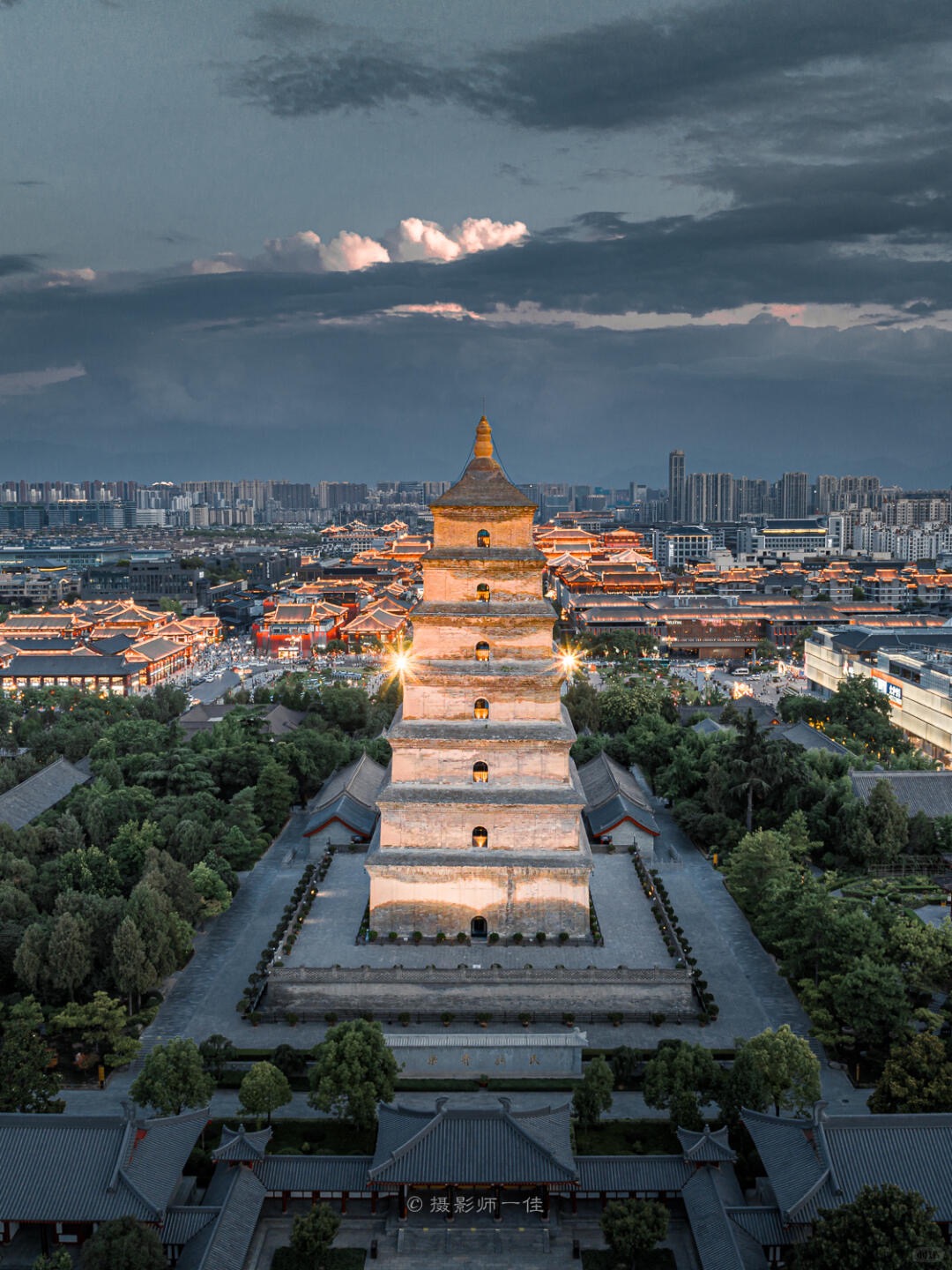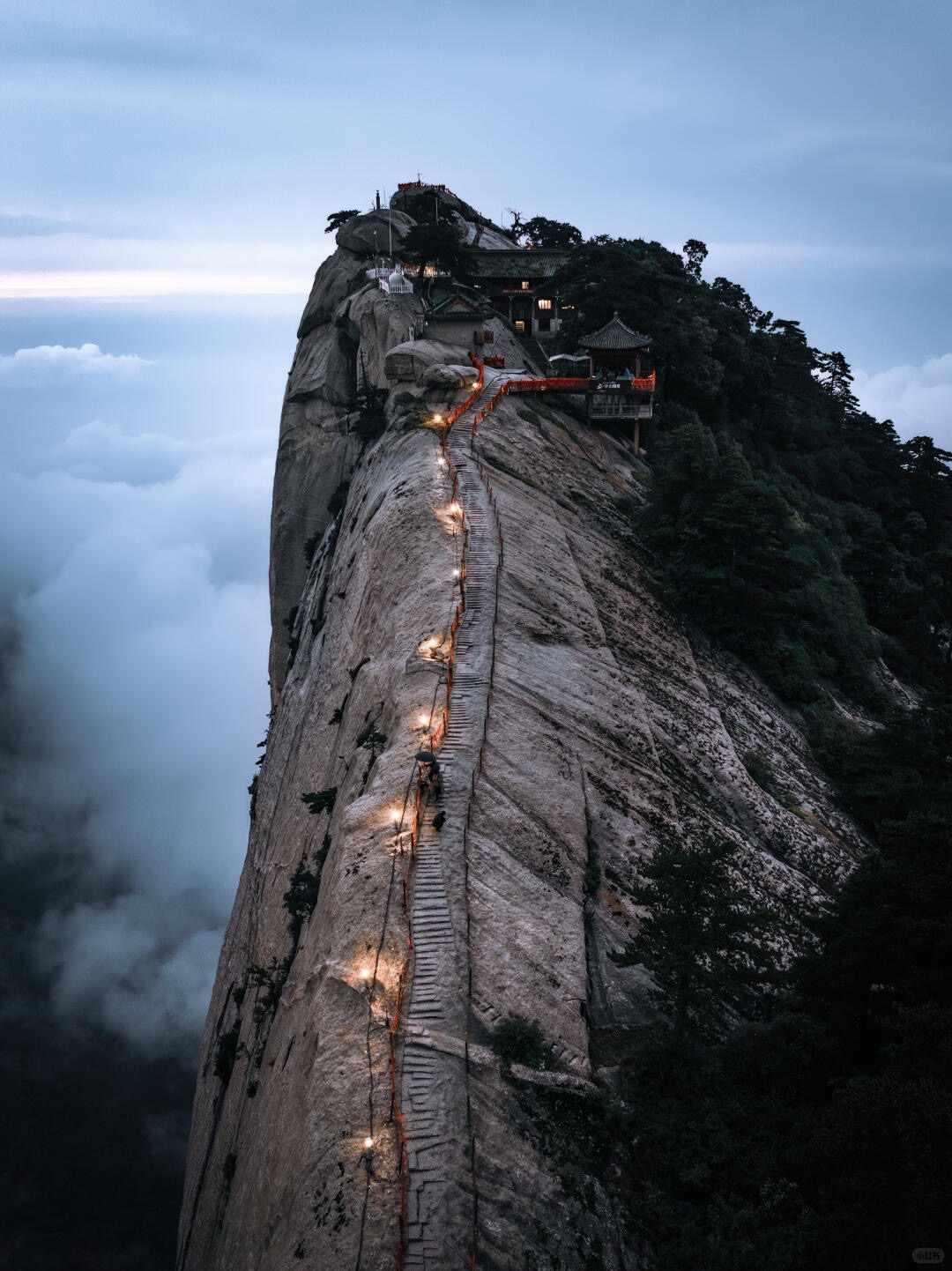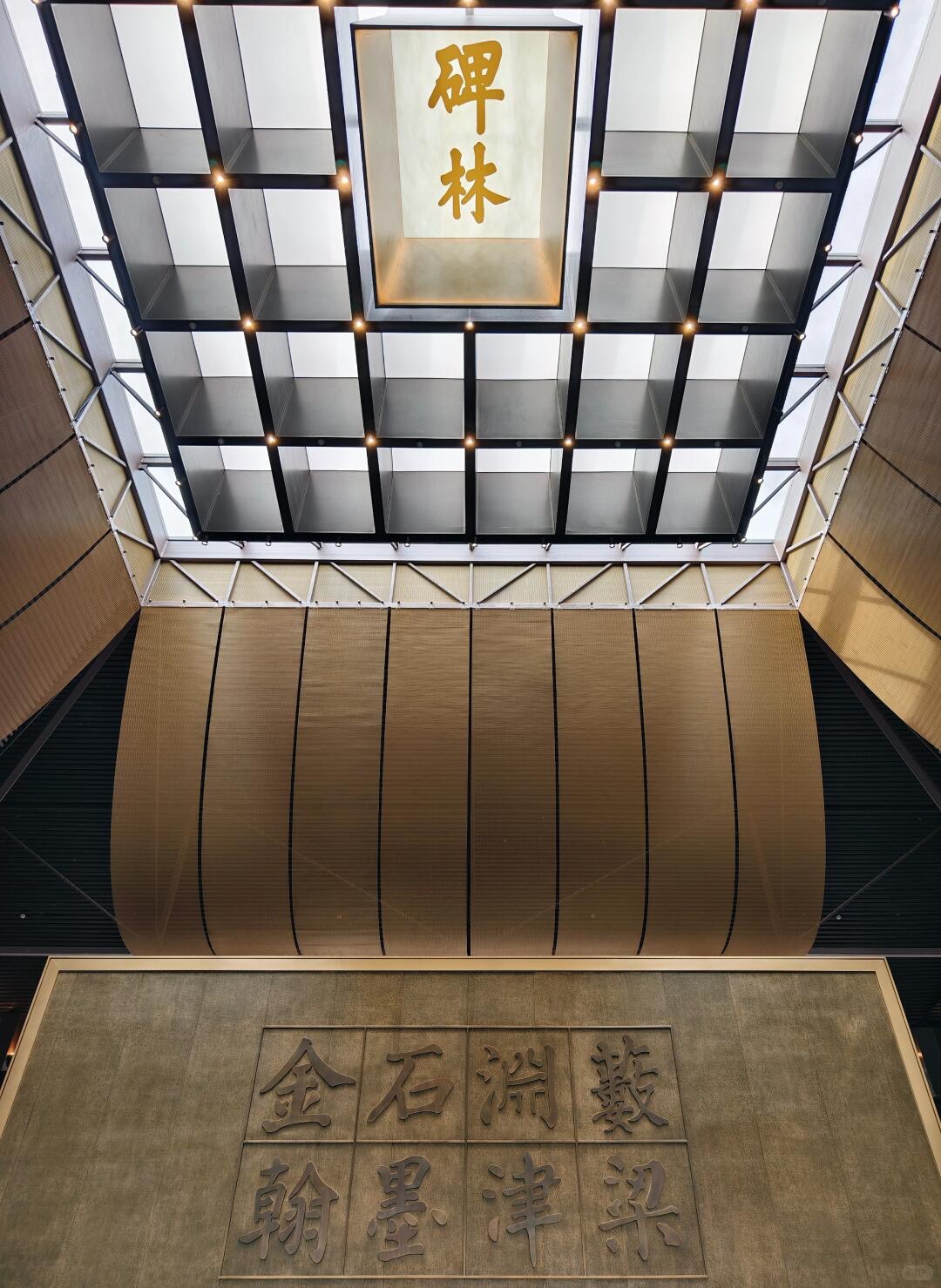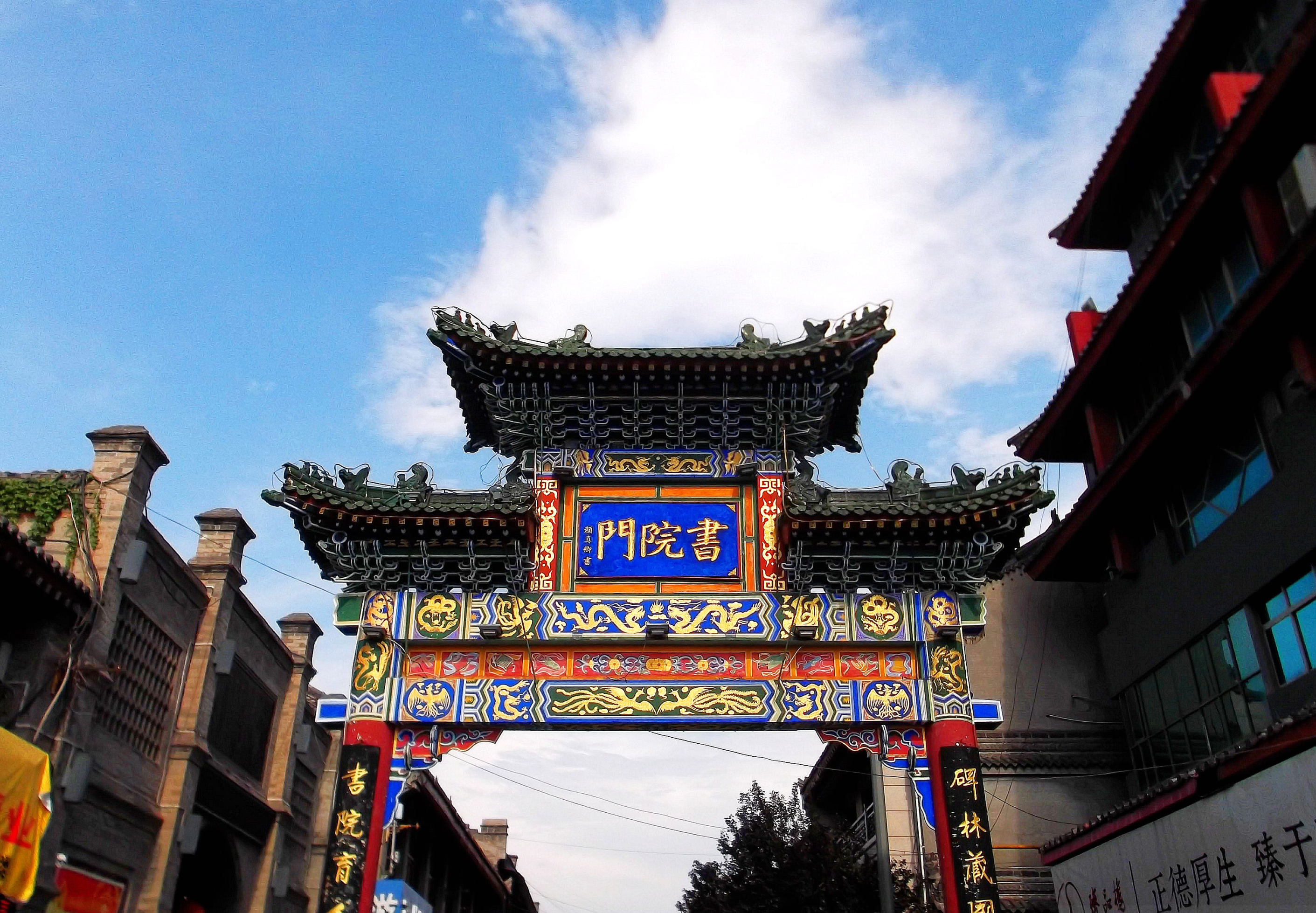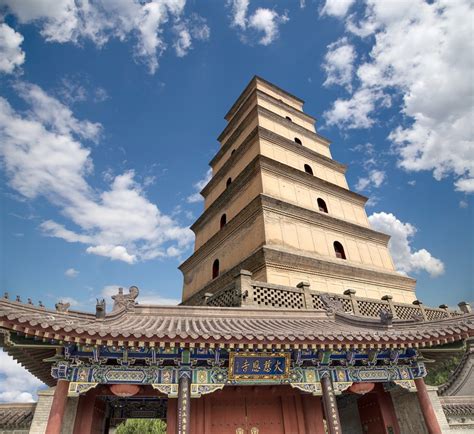

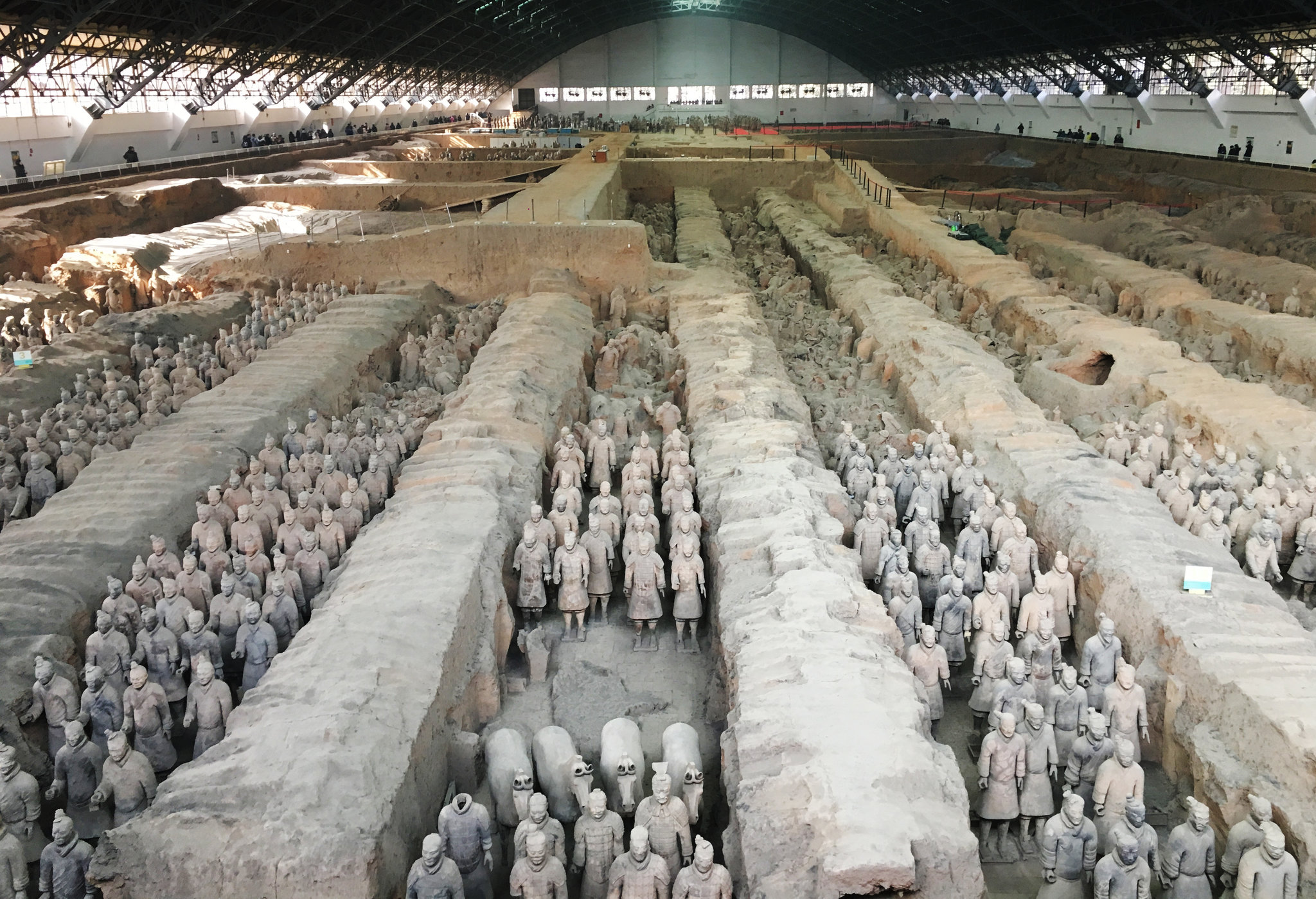
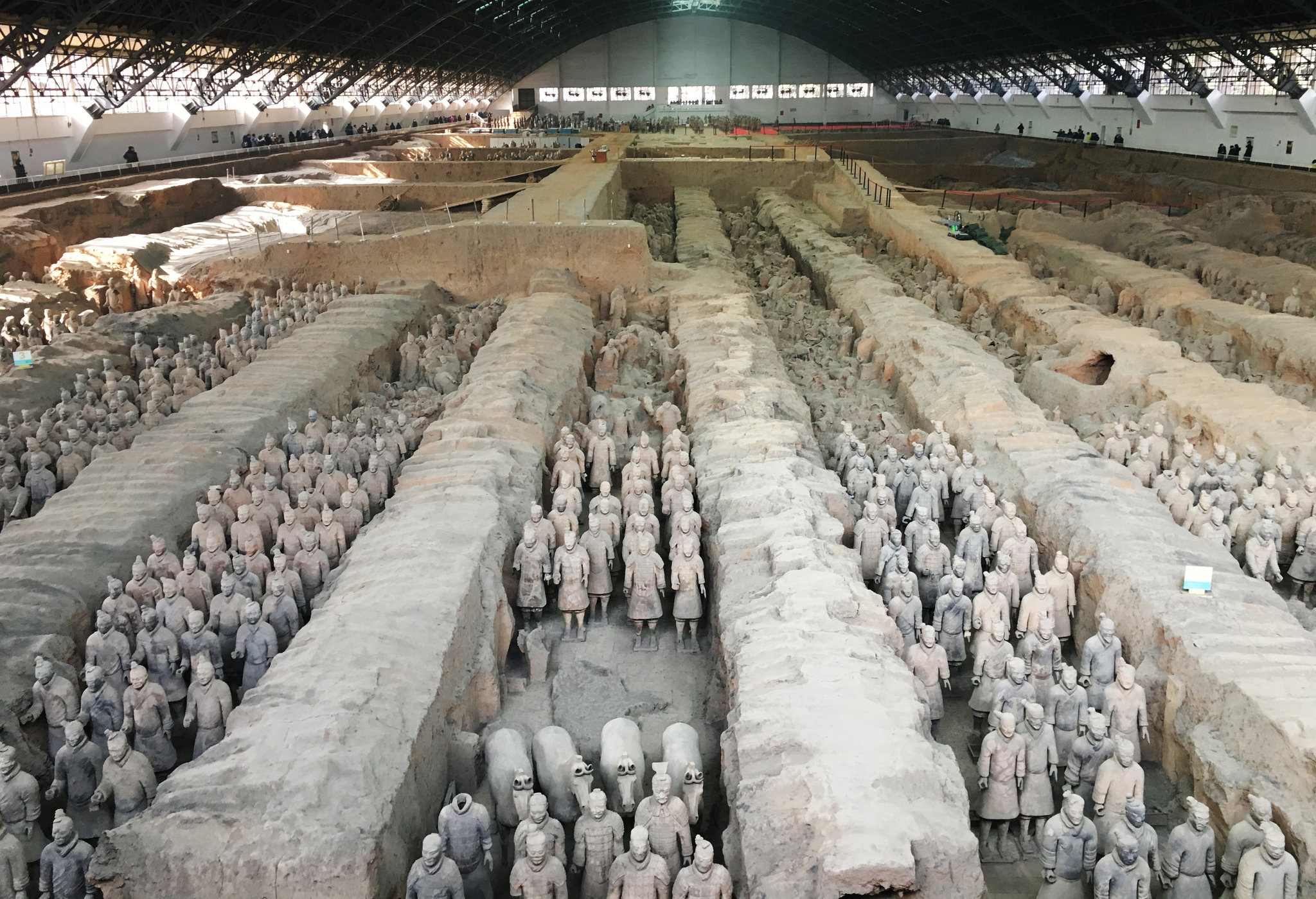
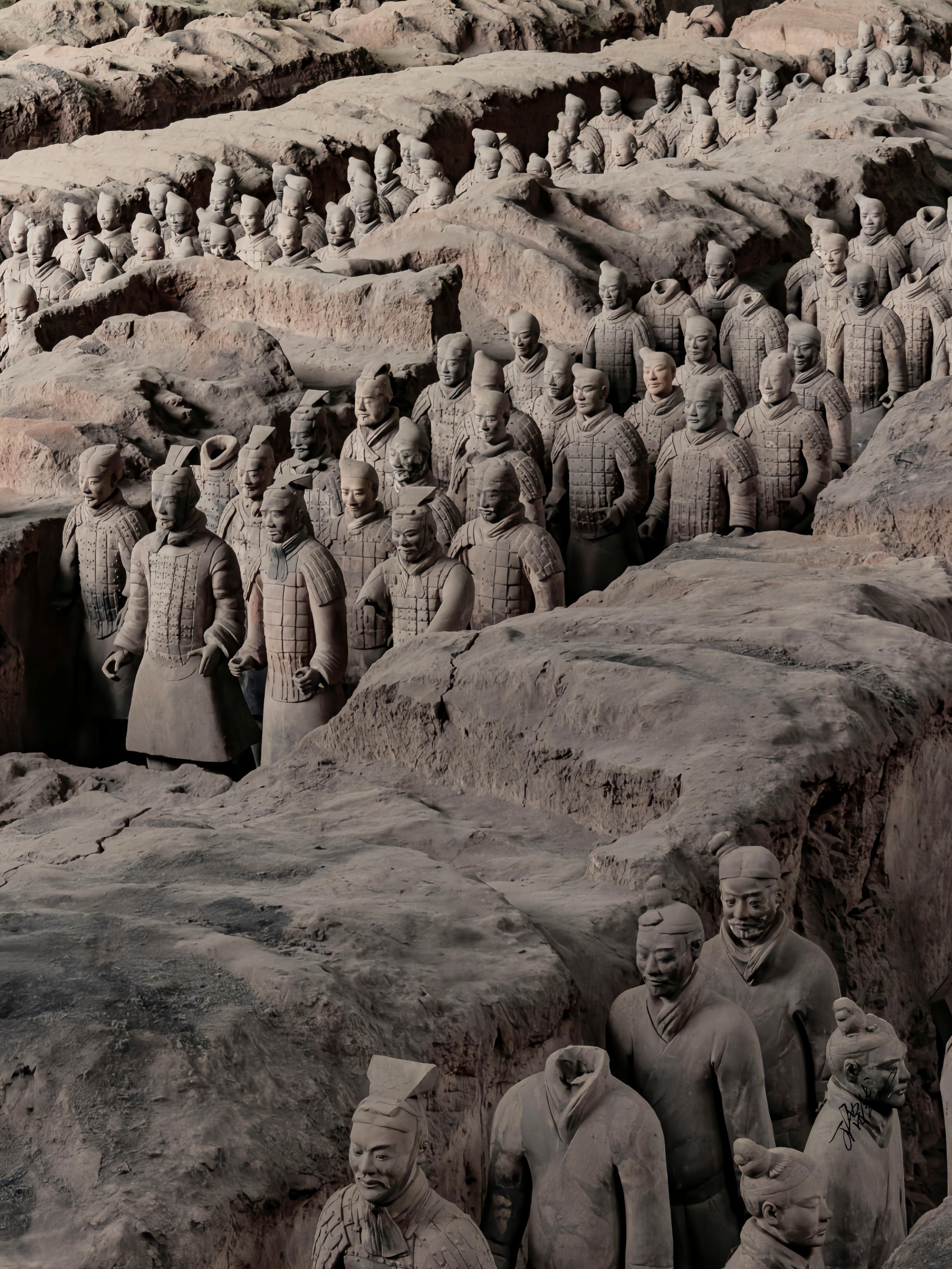
Terracotta Army
The Terracotta Army is a collection of life-sized terracotta sculptures depicting the armies of Qin Shi Huang, the first Emperor of China. Discovered in 1974 near Xi'an, Shaanxi Province, this UNESCO World Heritage site includes over 8,000 soldiers, 130 chariots, and 670 horses, all arranged in battle formations. The site offers a profound insight into China's ancient military history and artistic achievements.
Information
Ticket price
Time
Location
Qinling North Road, Lintong District, Xi'an, Shaanxi, China
View maps
More about the trip
Terracotta Army: The Eighth Wonder of the World
The Terracotta Army, officially known as the Museum of Qin Terracotta Warriors and Horses, is one of the most significant archaeological discoveries of the 20th century and a UNESCO World Heritage Site. Located near Xi'an, Shaanxi Province, it is a vast collection of life-sized terracotta sculptures depicting the armies of Qin Shi Huang, the first Emperor of China. Buried with the emperor to protect him in the afterlife, this site offers a profound insight into China's ancient military history, art, and imperial power.
What to See and Do
Pit 1: This is the largest and most impressive pit, housing over 6,000 terracotta warriors and horses in battle formation. You can walk along the viewing platforms and marvel at the sheer scale and detail of the army. The ongoing excavation and restoration work are also visible.
Pit 2: This pit contains a more diverse array of figures, including cavalrymen, archers, and chariots, showcasing different military units and formations. It offers a closer look at the individual figures and their intricate details.
Pit 3: The smallest pit, believed to be the command post of the army, containing high-ranking officers and a chariot. It provides insights into the military hierarchy.
Exhibition Hall of Bronze Chariots and Horses: This hall displays two meticulously crafted bronze chariots and horses, discovered near the emperor's tomb. These are considered masterpieces of ancient Chinese bronze work.
Museum Exhibitions: Various exhibitions provide historical context about Qin Shi Huang, the Qin Dynasty, the discovery of the Terracotta Army, and the techniques used in its creation.
Best Time to Visit
Spring (March-May) and autumn (September-November) offer the most pleasant weather. Avoid visiting during major Chinese public holidays (e.g., National Day, May Day, Chinese New Year) as the site can be extremely crowded.
How to Get There
The Terracotta Army is located about 40 kilometers east of Xi'an city center. The most common way to get there is by tourist bus (Bus 306/833 or 307) from Xi'an Railway Station. Many tour operators in Xi'an also offer organized day trips.
Travel Tips
Arrive early: To avoid the largest crowds, especially during peak season, try to arrive as early as possible.
Wear comfortable shoes: You'll be doing a lot of walking within the museum complex.
Hire a guide or use an audio guide: The historical and cultural significance of the site is immense, and a guide can greatly enhance your understanding.
Be aware of vendors: There will be many vendors selling souvenirs outside the main entrance; be prepared to bargain if you choose to buy.

